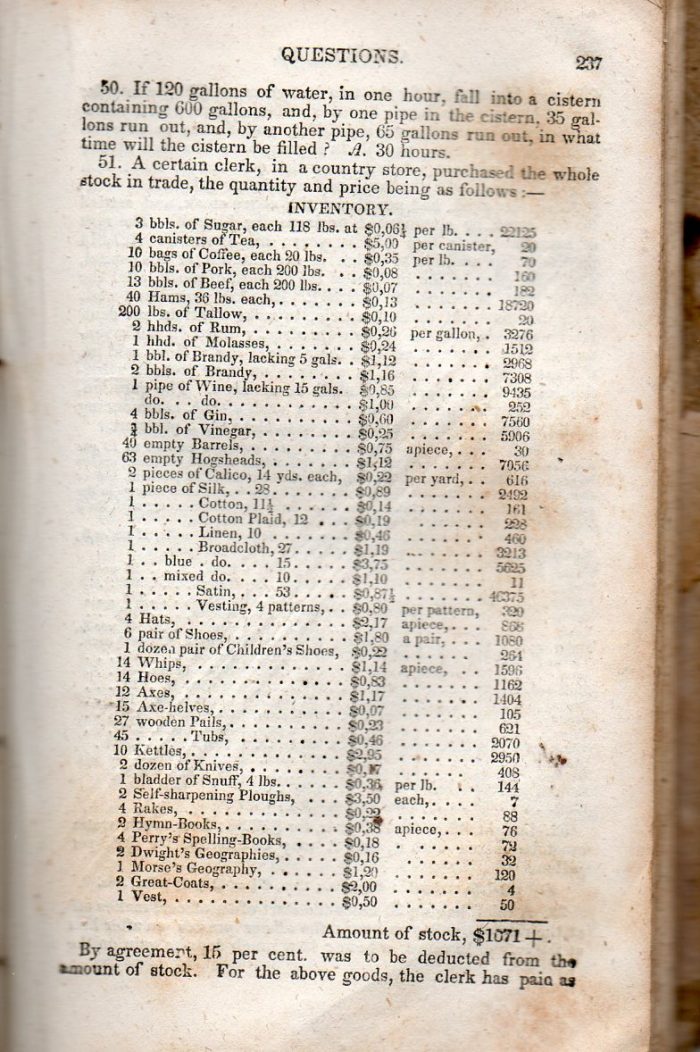A quick postscript to yesterday’s mention of Reid Hoffman’s new podcast, Masters of Scale. Many of the concepts discussed in Masters of Scale expand on a 2015 course taught at Stanford by Hoffman and his colleagues– John Lilly from Greylock Partners, LinkedIn co-founder Allen Blue, and author Chris Yeh. The course focuses on Blitzscaling–or what Hoffman described in the Harvard Business Review as “the science and art of rapidly building out a company to serve a large and usually global market, with the goal of becoming the first mover at scale.” And to help demystify that process, Hoffman invited guest speakers to class to break things down. Eric Schmidt on Structuring Teams and Scaling Google, Netflix’s Reed Hastings on Building a Streaming Empire, Airbnb’s Brian Chesky on Launching Airbnb and the Challenges of Scale–they’re among the experts featured in the course.
You can stream the 20 lectures from start to finish above, or find the playlist on Greylock Partner’s YouTube channel. You can also find class notes for the course on Medium.
Blitzscaling will be added to our list of Free Online Business Courses, a subset of our collection, 1,700 Free Online Courses from Top Universities.
If you would like to sign up for Open Culture’s free email newsletter, please find it here. It’s a great way to see our new posts, all bundled in one email, each day.
If you would like to support the mission of Open Culture, consider making a donation to our site. It’s hard to rely 100% on ads, and your contributions will help us continue providing the best free cultural and educational materials to learners everywhere. You can contribute through PayPal, Patreon, and Venmo (@openculture). Thanks!
Related Content:
Seth Godin’s Startup School: A Free Mini-Course for New Entrepreneurs
Peter Thiel’s Stanford Course on Startups: Read the Lecture Notes Free Online






